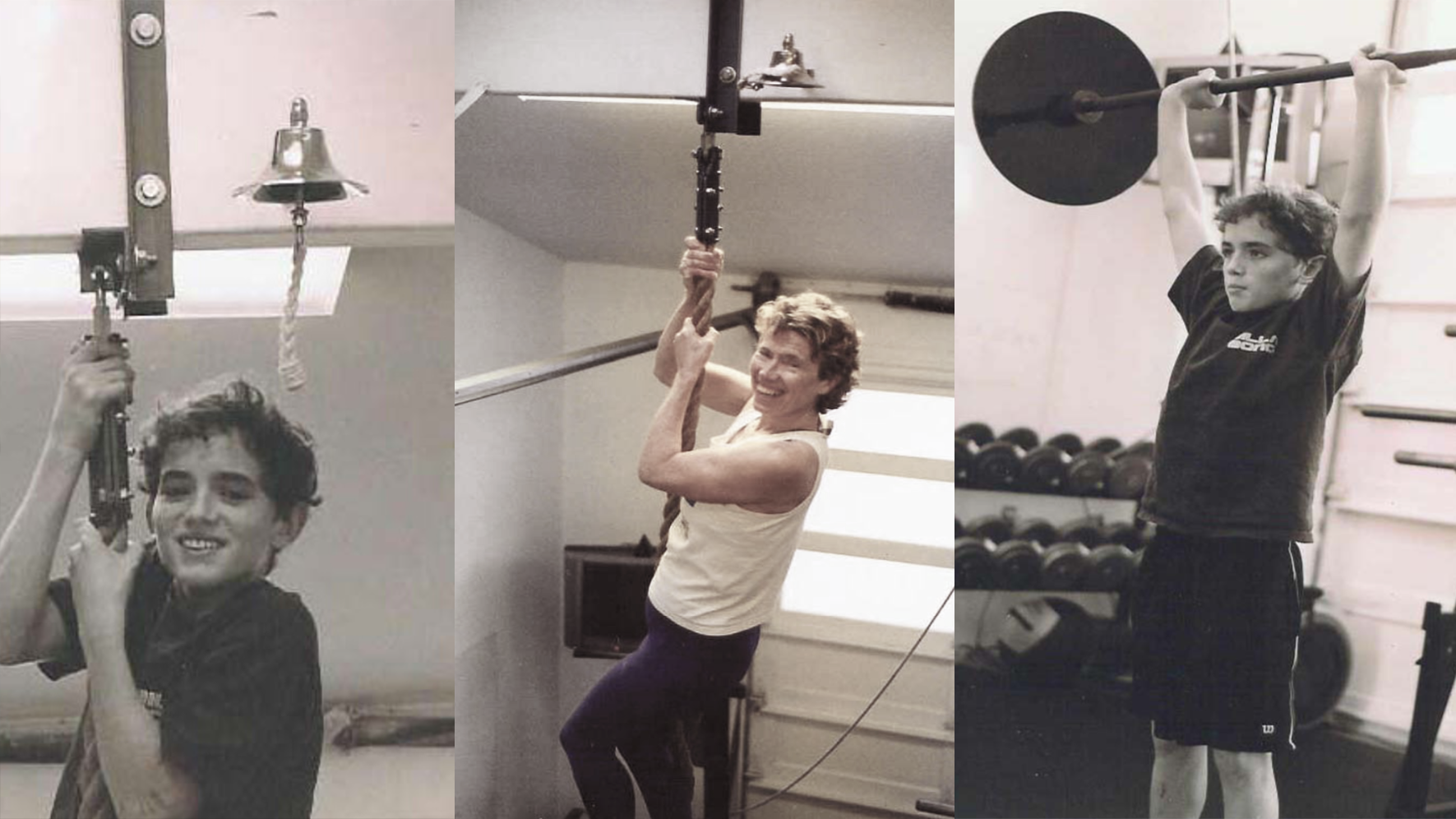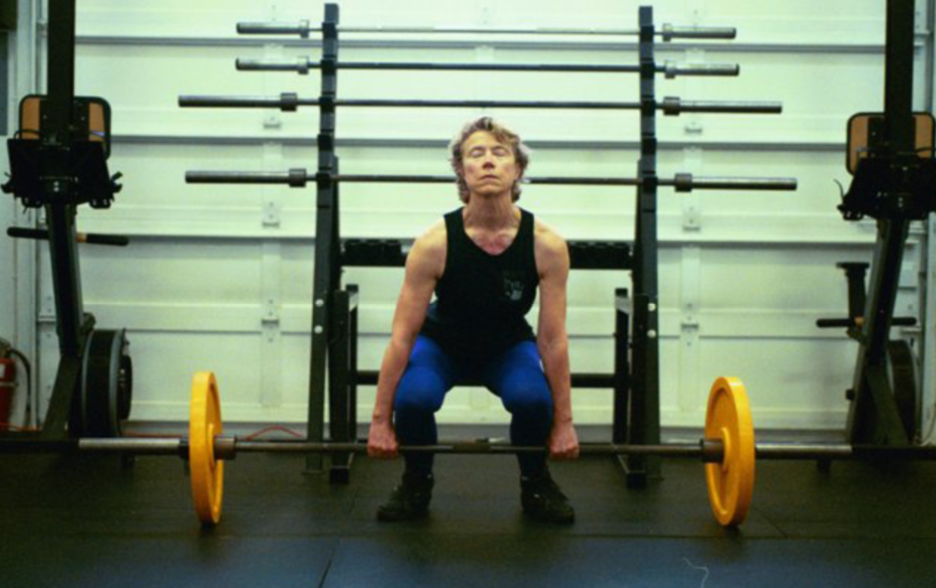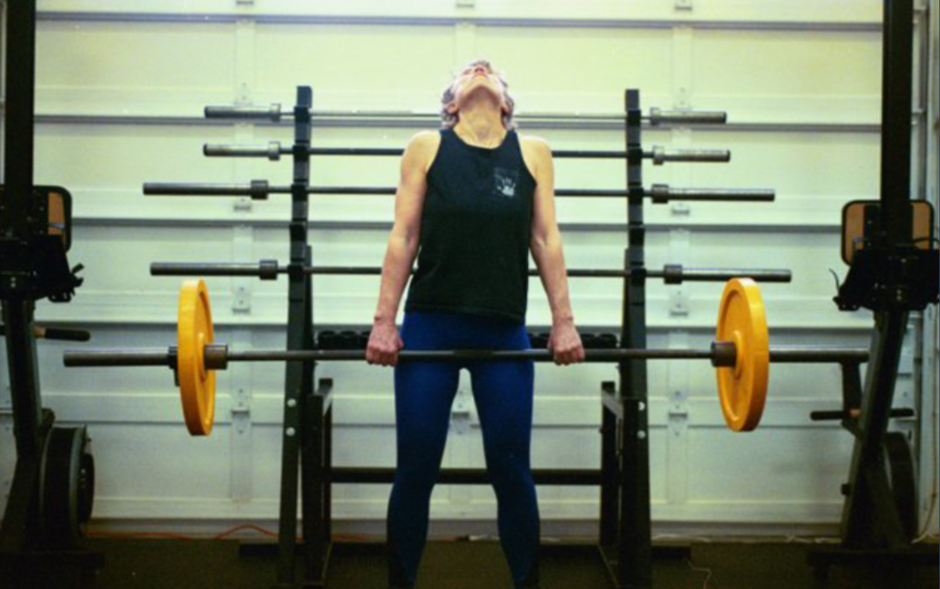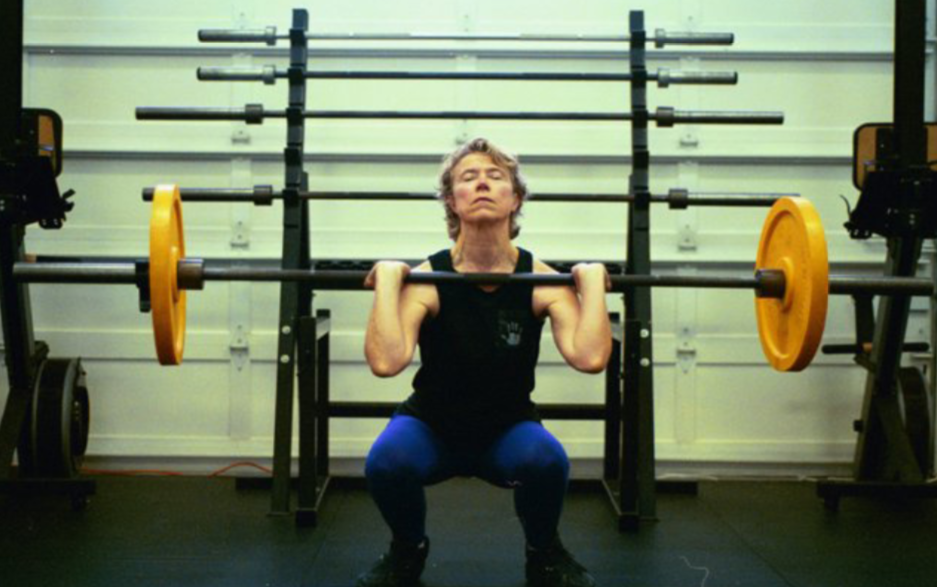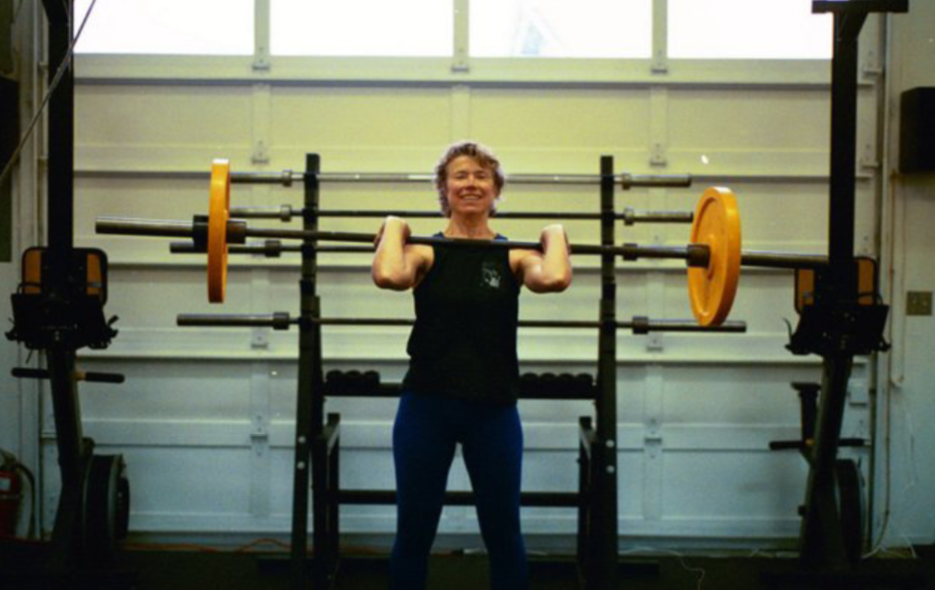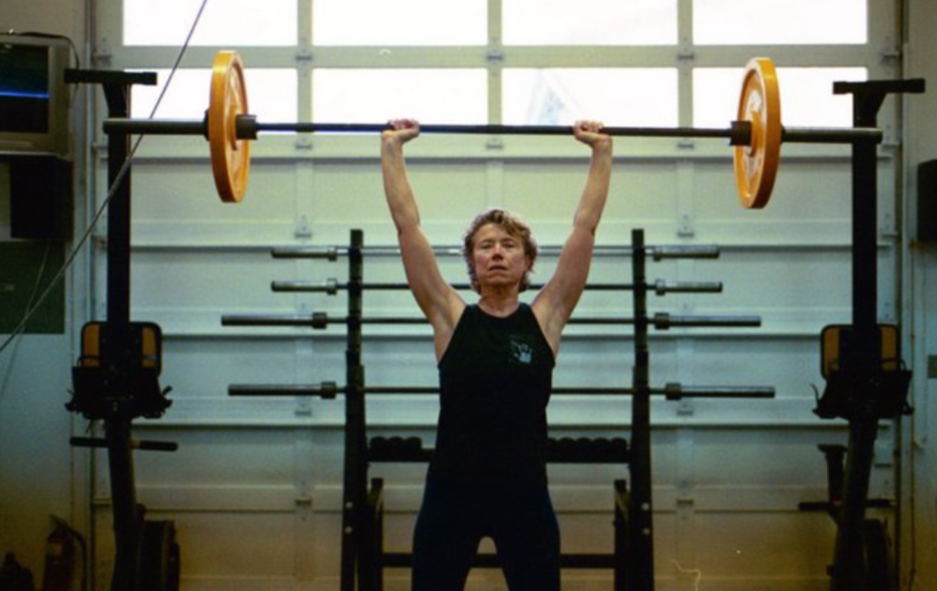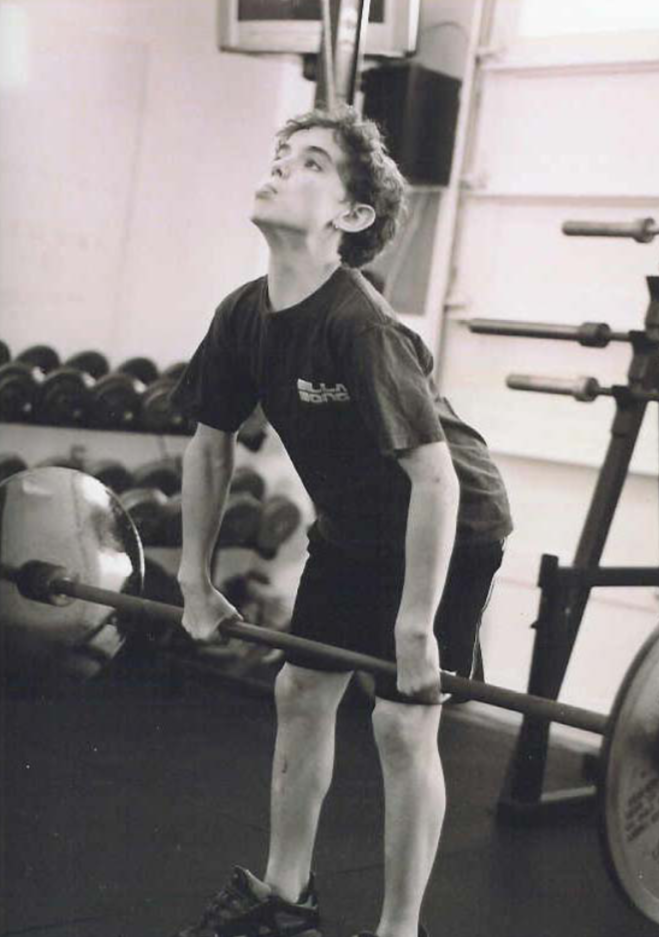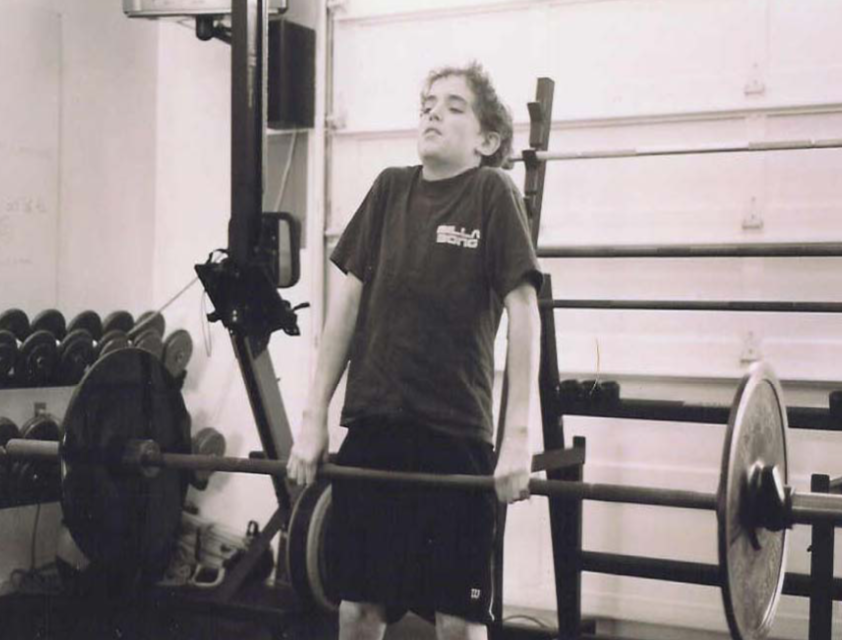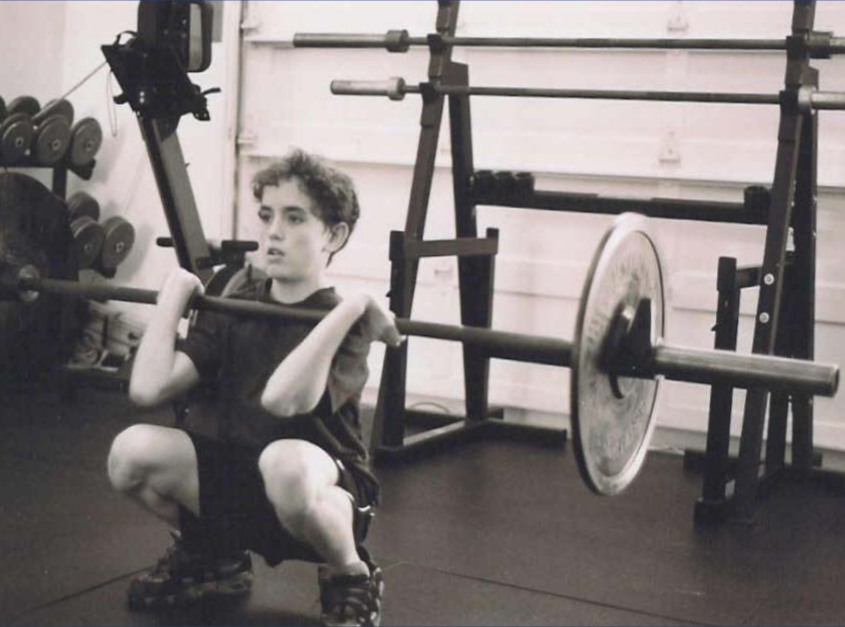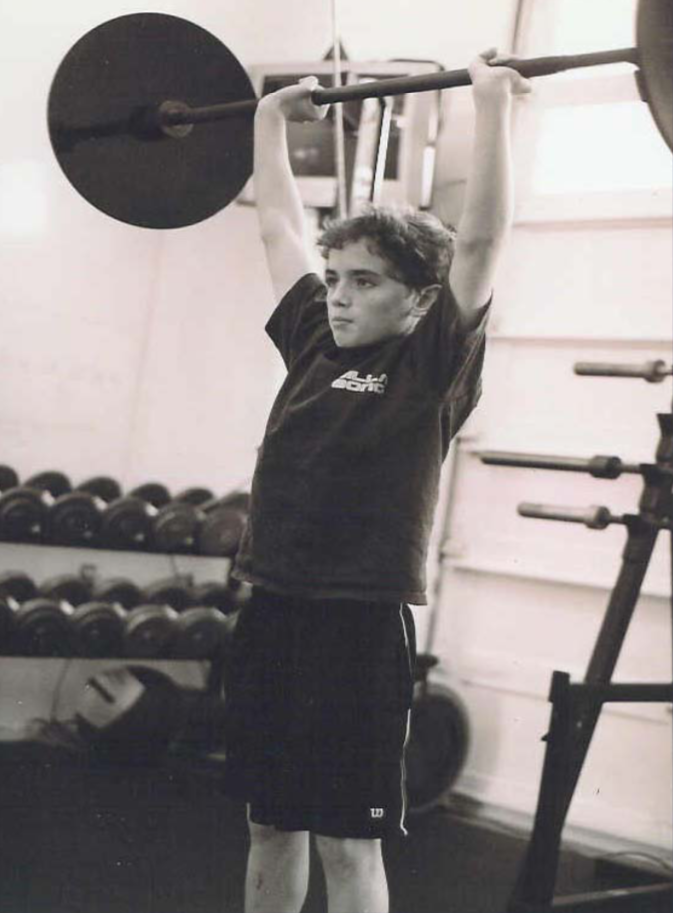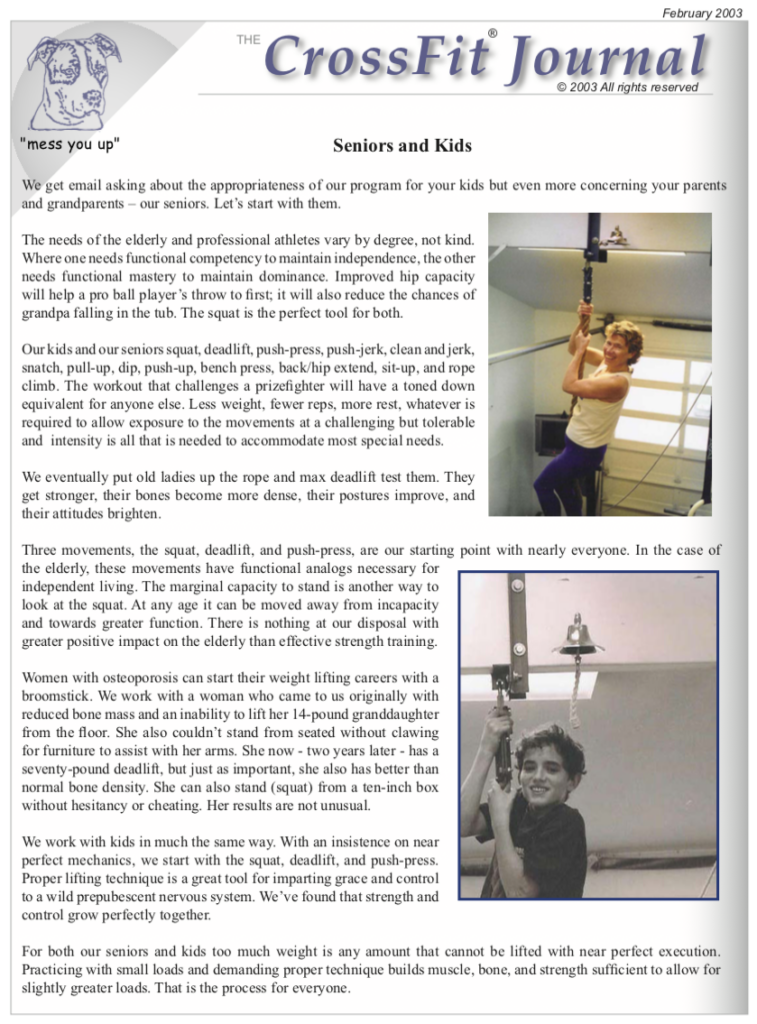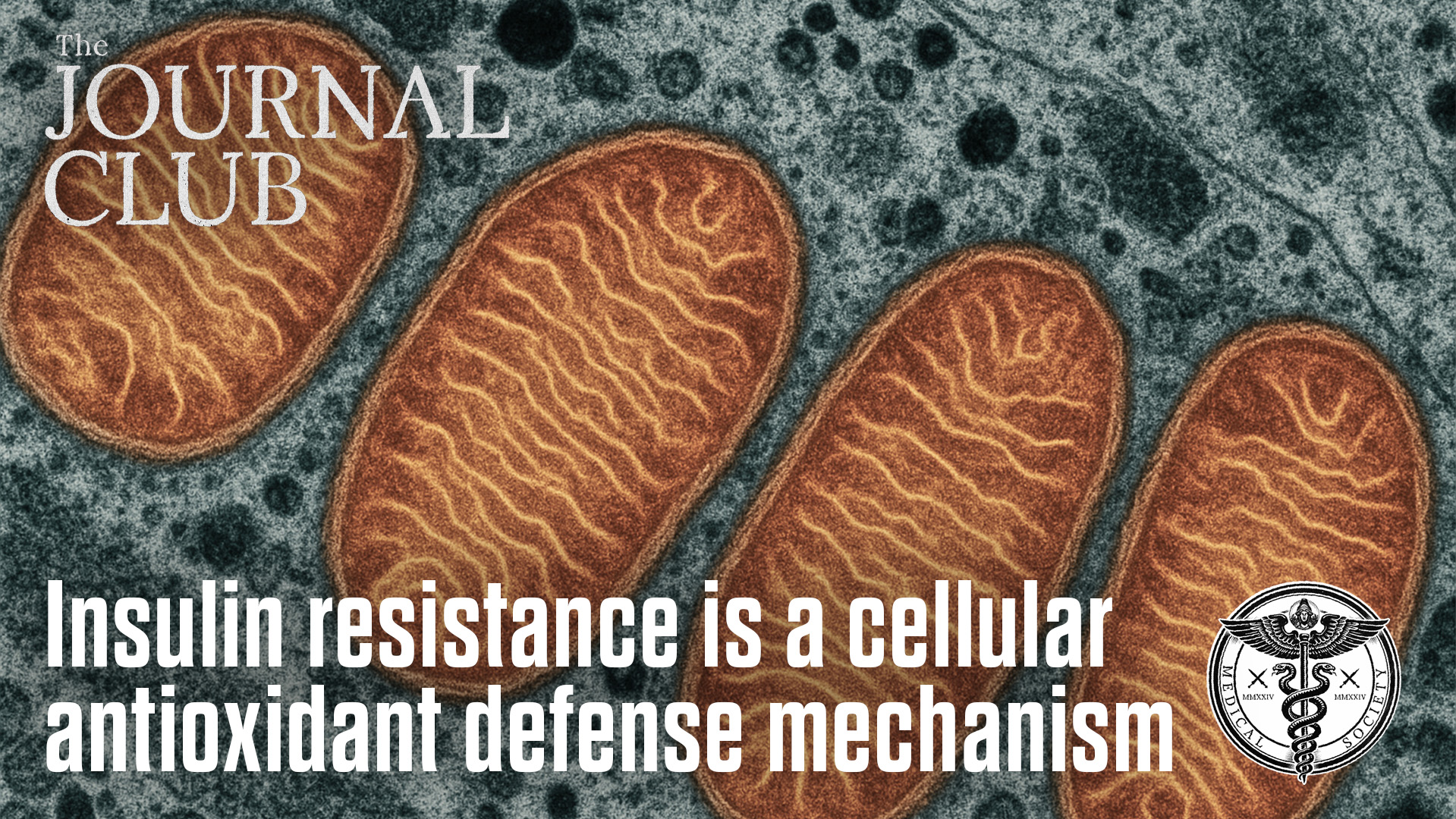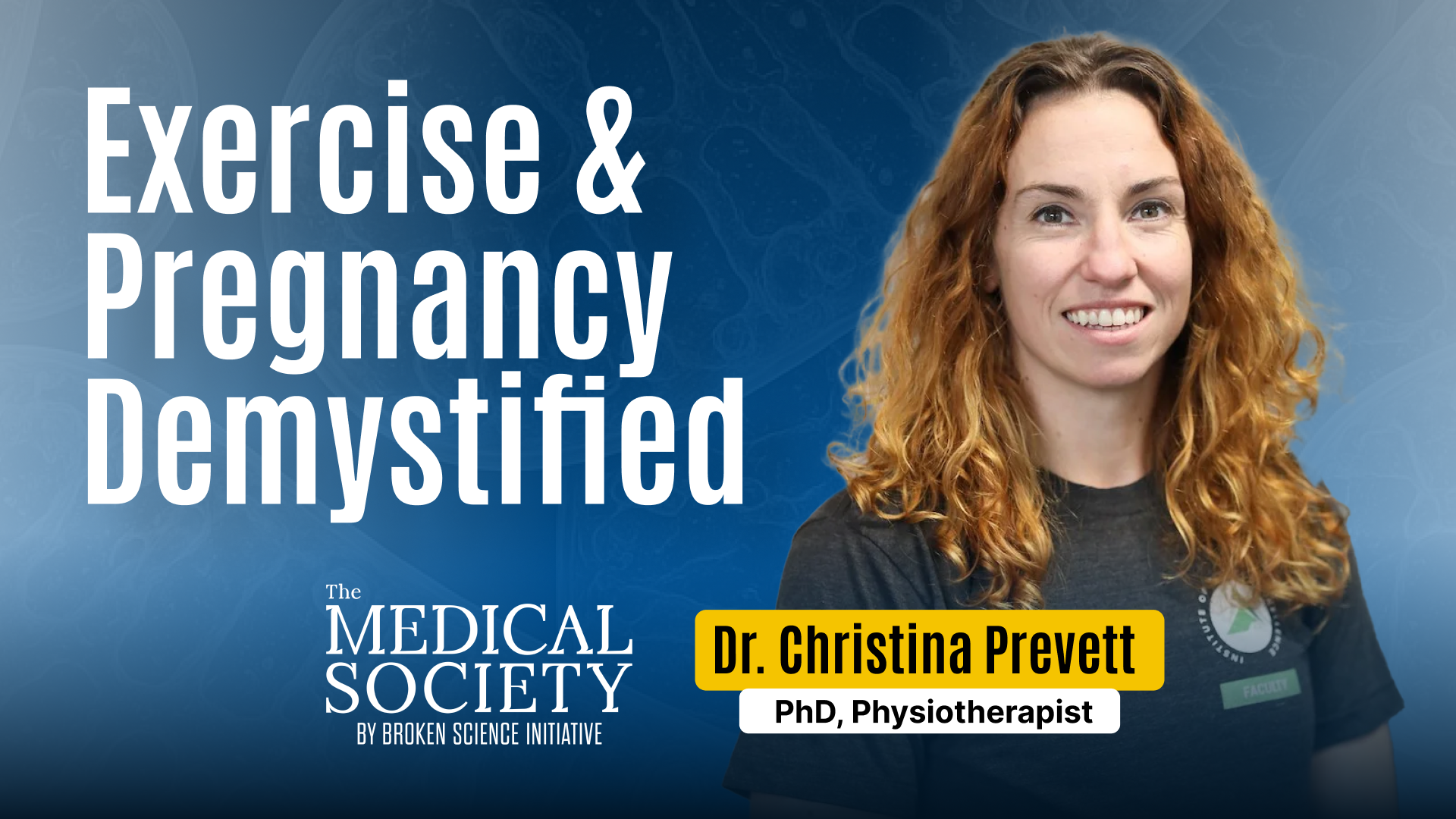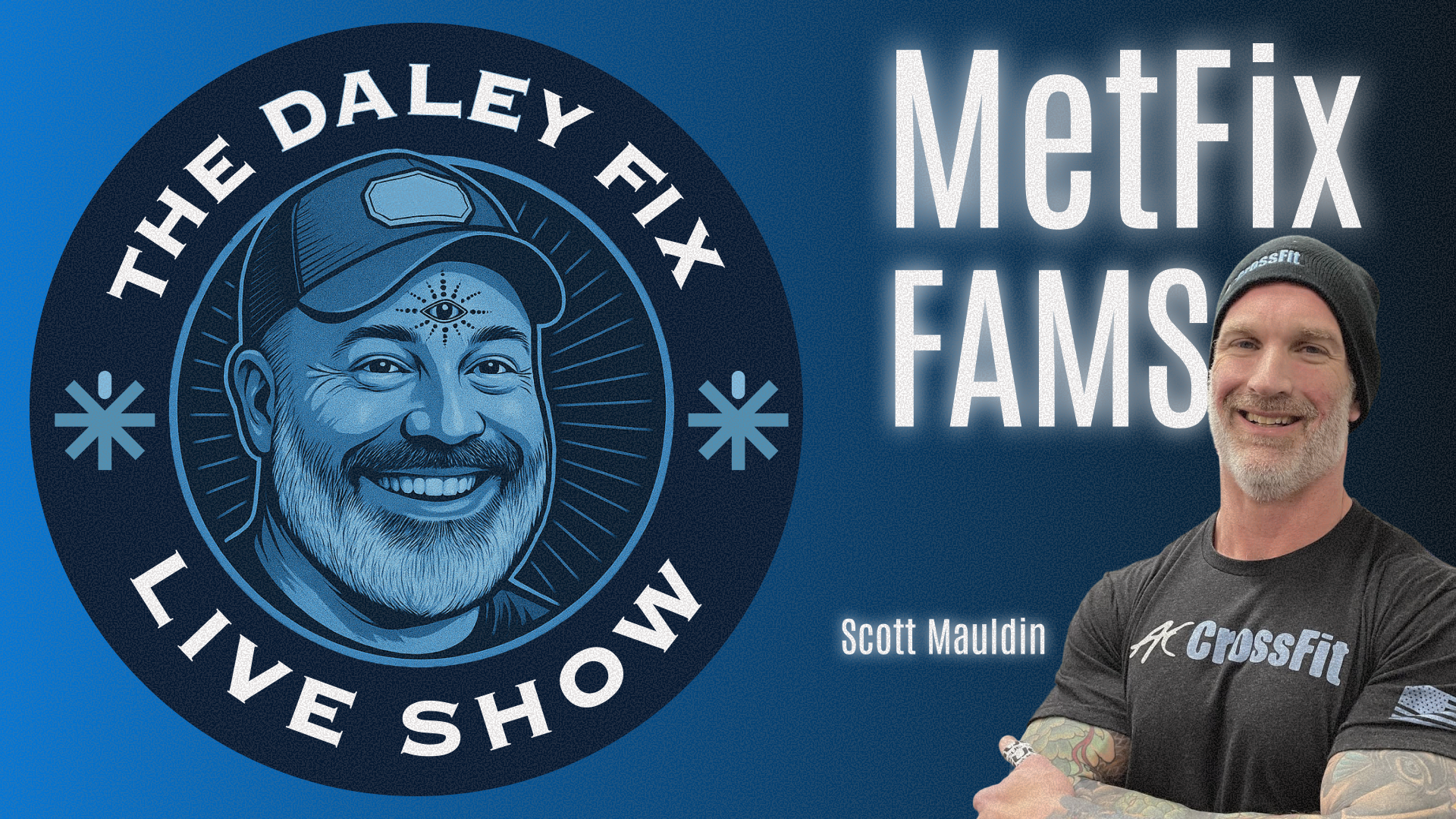We get email asking about the appropriateness of our program for your kids but even more concerning your parents and grandparents – our seniors. Let’s start with them.
The needs of the elderly and professional athletes vary by degree, not kind. Where one needs functional competency to maintain independence, the other needs functional mastery to maintain dominance. Improved hip capacity will help a pro ball player’s throw to first; it will also reduce the chances of grandpa falling in the tub. The squat is the perfect tool for both.
Our kids and our seniors squat, deadlift, push-press, push-jerk, clean and jerk, snatch, pull-up, dip, push-up, bench press, back/hip extend, sit-up, and rope climb. The workout that challenges a prizefighter will have a toned down equivalent for anyone else. Less weight, fewer reps, more rest, whatever is required to allow exposure to the movements at a challenging but tolerable and intensity is all that is needed to accommodate most special needs.
We eventually put old ladies up the rope and max deadlift test them. They get stronger, their bones become more dense, their postures improve, and their attitudes brighten.
Three movements, the squat, deadlift, and push-press, are our starting point with nearly everyone. In the case of the elderly, these movements have functional analogs necessary for independent living. The marginal capacity to stand is another way to look at the squat. At any age it can be moved away from incapacity and towards greater function. There is nothing at our disposal with greater positive impact on the elderly than effective strength training.
Women with osteoporosis can start their weight lifting careers with a broomstick. We work with a woman who came to us originally with reduced bone mass and an inability to lift her 14-pound granddaughter from the floor. She also couldn’t stand from seated without clawing for furniture to assist with her arms. She now – two years later – has a seventy-pound deadlift, but just as important, she also has better than normal bone density. She can also stand (squat) from a ten-inch box without hesitancy or cheating. Her results are not unusual.
We work with kids in much the same way. With an insistence on near perfect mechanics, we start with the squat, deadlift, and push-press. Proper lifting technique is a great tool for imparting grace and control to a wild prepubescent nervous system. We’ve found that strength and control grow perfectly together.
For both our seniors and kids too much weight is any amount that cannot be lifted with near perfect execution. Practicing with small loads and demanding proper technique builds muscle, bone, and strength sufficient to allow for slightly greater loads. That is the process for everyone.
The most important consideration to make with kids and seniors is to be more patient, celebrate the small gains, work towards mastery of the mechanics of all moves, and practice “incrementalism” – that is, establish a baseline of performance and gently, in tiny increments, move upward. This too is our exact advice, by the way, for implementing an Olympic campaign.
The bottom line is that everyone is very different and yet again strikingly similar. Often the genius is to know where to look for similarities and where to look for differences. Everyone needs to deadlift—in that regard we are similar, but not at the same weight—in this regard we are different. We have in large part designed our concept around chasing capacities that are in near universal demand. CrossFit endeavors to train for capacities that are valued regardless of age, gender, or sport. Who doesn’t want faster hips, greater balance, and a stronger torso?
This article, by BSI’s co-founder, was originally published in The CrossFit Journal. While Greg Glassman no longer owns CrossFit Inc., his writings and ideas revolutionized the world of fitness, and are reproduced here.
Coach Glassman named his training methodology ‘CrossFit,’ which became a trademarked term owned by CrossFit Inc. In order to preserve his writings in their original form, references to ‘CrossFit’ remain in this article.
Greg Glassman founded CrossFit, a fitness revolution. Under Glassman’s leadership there were around 4 million CrossFitters, 300,000 CrossFit coaches and 15,000 physical locations, known as affiliates, where his prescribed methodology: constantly varied functional movements executed at high intensity, were practiced daily. CrossFit became known as the solution to the world’s greatest problem, chronic illness.
In 2002, he became the first person in exercise physiology to apply a scientific definition to the word fitness. As the son of an aerospace engineer, Glassman learned the principles of science at a young age. Through observations, experimentation, testing, and retesting, Glassman created a program that brought unprecedented results to his clients. He shared his methodology with the world through The CrossFit Journal and in-person seminars. Harvard Business School proclaimed that CrossFit was the world’s fastest growing business.
The business, which challenged conventional business models and financially upset the health and wellness industry, brought plenty of negative attention to Glassman and CrossFit. The company’s low carbohydrate nutrition prescription threatened the sugar industry and led to a series of lawsuits after a peer-reviewed journal falsified data claiming Glassman’s methodology caused injuries. A federal judge called it the biggest case of scientific misconduct and fraud she’d seen in all her years on the bench. After this experience Glassman developed a deep interest in the corruption of modern science for private interests. He launched CrossFit Health which mobilized 20,000 doctors who knew from their experiences with CrossFit that Glassman’s methodology prevented and cured chronic diseases. Glassman networked the doctors, exposed them to researchers in a variety of fields and encouraged them to work together and further support efforts to expose the problems in medicine and work together on preventative measures.
In 2020, Greg sold CrossFit and focused his attention on the broader issues in modern science. He’d learned from his experience in fitness that areas of study without definitions, without ways of measuring and replicating results are ripe for corruption and manipulation.
The Broken Science Initiative, aims to expose and equip anyone interested with the tools to protect themself from the ills of modern medicine and broken science at-large.
Support the Broken Science Initiative.
Subscribe today →
recent posts
Scott Mauldin shares how he is incorporating MetFix at MetFix FAMS.
